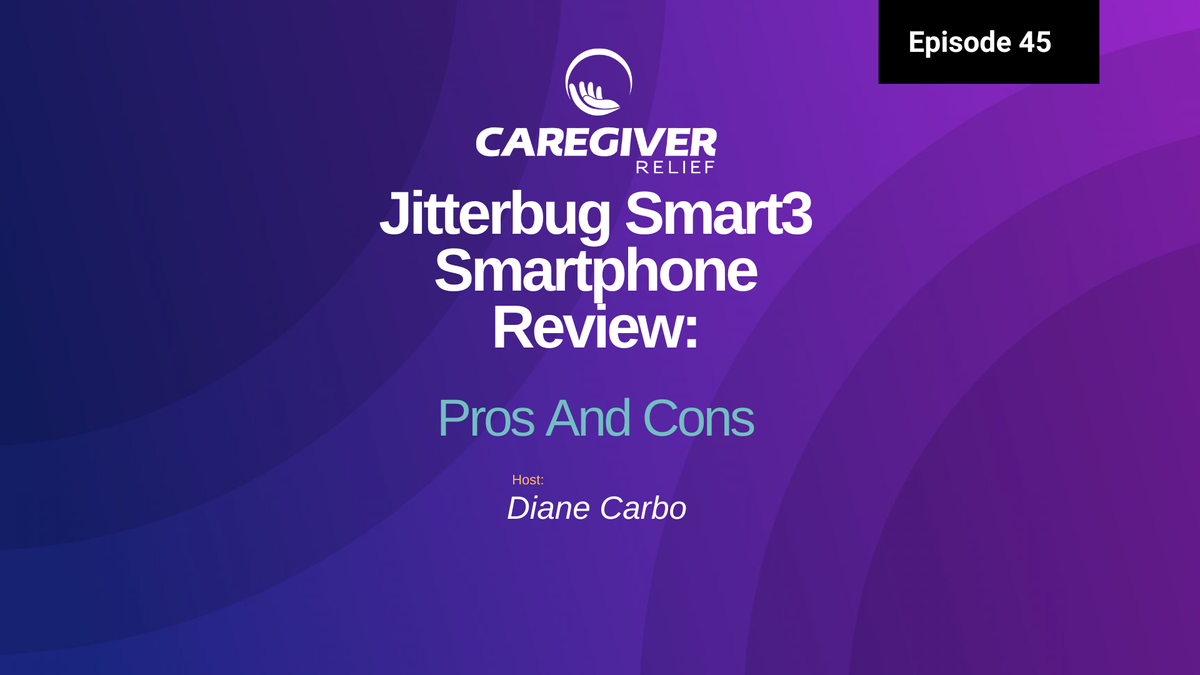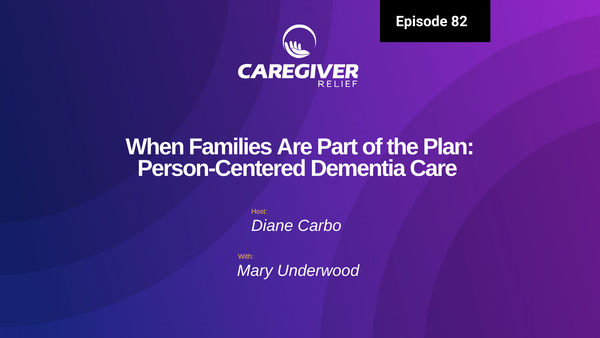Want to Avoid Being Placed in a Nursing Home? Compare Costs
Learn about options for payment and support, and avoid the costly and often undesirable option of institutionalization.

To avoid being placed in a nursing home compare costs of a years stay in a home versus your own home.
The ability to age at home may require services ranging from making the home more user-friendly for the aging adult, aging home healthcare service and a wide array of home health care products designed to successful age at home.
Financial resources and human resources are factors that will also be needed. These innovations, products and services exist. The difficulty is often identifying what is needed, and finding them when they're needed most and how to pay for them. The inability to continue to live safely in your home increases the chance of accidents, injuries, cost, possible disability and often undesirable expensive institutionalization. Successful aging at home usually translates into how one can stay in their homes longer and safer.
Unfortunately the reality is 7 out of 10 individuals over the age of 65 will experience a life altering health change. The health care arena now discharges individuals quickly and often without support after discharge. Most people put off planning for long term care until a crisis occurs such as a broken hip, or a stroke. As a result, the aging adult ends up in a nursing home, not aware that there were other alternatives available to them. According to a 2006 survey by the US Department of Health and Human Services, seven out of ten nursing home residents thought that there were no other options available to them in their area.
As the demands of an aging population are upon us, more and more insurances are paying for home care. Medicaid still lacks behind. Several states now offer waivers that will allow an individual to receive care at home versus in a nursing home. Home health care is typically more cost effective than staying is a hospital or nursing home. Sixty eight percent of Americans over age 65 will require some form of long-term care. The cost of this care can range from $3,000 to $9,000 per month. On average, care may be required for up to five years, with an average nursing facility stay of 2.4 years.
Care at home for the aging adult is often covered by Medicare and Medicaid and private insurances. The services can and often times are very limited
The government plans usually do not cover a permanent caregiver, a full time professional nurse, assistance with housekeeping, meals or assistance with personal care needs or ongoing monitoring of medication compliance.
No one anticipates becoming ill or incapacitated, but as we grow older we are often inclined to think “What if something happens to me? Who would take care of me? How will I pay for the care is I need it?
Many times, it is not always possible to depend on family members or an aging spouse to be prepared or even able to care for each other. Today, society has family members, such as children or even brothers and sisters, living long distances, not even in the same town. Many aging adults are concerned that the care will not be available to help stay at home.
Families seeking long term in-home care, now have options that allow the aging adult to be able to make a choice to achieve life care at home versus moving an aging parent into an institutional setting or a strange environment. The time has come where the aging adult can stay at home with increasing levels of care. Still most people are overwhelmed by the array of home care providers and services and are not aware of what services they will need to maintain aging at home.
In order to achieve aging at home services, and avoid placement in a nursing home compare the several areas of payment options.Most services are private pay funds (that means out of your pocket). Some states have Medicaid waiver programs that allow an individual to receive care in their home in lieu of going to an institutional setting. There are also programs available and may include consumer protection, financial management, food stamp assistance, energy assistance, and prescription drug assistance. These programs vary from state to state and availability may be dependent on income level.
Long term care insurance will cover non medical in home health care only if you purchased a home care rider. A policy with poor coverage is a waste of money. If you decide to purchase long-term care coverage, seek out a specialist in placing these policies. Among the many variables to be considered is the track record of the insurance company to its policyholders in all its lines of business, the benefit amount, whether the insurance covers home care, the waiting period before benefits will commence, and the length of time benefits will be paid. It is important to know that a cost of living rider/inflation. A rider would also be an important benefit should you want to maintain life care at home. Be sure that your long-term care policy is “federally qualified,” so that the benefits you receive will be income tax free.
Reverse mortgages are also a very good option as well to allow you to remain in your home. This is a special type of loan that allows a homeowner to convert a portion of equity in their home into cash. The equity built up over the years of home mortgage payments can be paid out to you. Unlike a traditional home equity line of credit or second mortgage, no repayments are required until the borrower(s) no longer use the home as their primary residence. You are not required to make monthly payments and can choose to receive the funds as a lump sum, as a line of credit, or as monthly payments. The payment comes due only when the borrower moves out, dies, or sells the home.
HUD’s reverse mortgages provide these benefits and it is federally insured as well. To obtain a HUD insured reverse mortgage, you must be 62 years old ( or older) own your own home outright, or have a low mortgage balance that can be paid off at the closing with the proceeds of the loan. You must also live in that specific property. This does not apply to rental properties or vacation homes that you are not living in permanently. These rules apply to most reverse mortgages.
The benefits to a reverse mortgage are:
- There are no income requirements or medical requirements to qualify.
- The money you get from a reverse mortgage is tax free.
Many homeowners find themselves in a home that needs repair and modifications to adapt the living environment to increase the likelihood of an older adult remaining independent and at home as long as they choose. These improvements and modifications can increase the value of the home, when and if the home is sold.
You may also choose to purchase a long term care policy to assist you in paying for the services you will require at home with the funds from a reverse mortgage.
When applying for a reverse mortgage, all home owners must first meet with a government approved reverse mortgage counselor before their loan application can be processed or they can incur any costs. Lenders evaluate life expectancy in calculating loan payments. Older borrowers are eligible to receive more money. There are limits on the amount you can borrow and this is reflected in the property value of the home.
Department of Veterans Affairs provides long term care services primarily to veterans with service related disability, low income veterans and former prisoners of war. Contact the Veterans Administration for eligibility and benefits.
There is also a VA Medical Foster Home Program (MFH). Many veterans live alone, living independently for years through the support of assistive devices and home care services. Eventually the veteran may decline to the point that it is no longer safe to remain living alone. Traditionally, this situation is resolved by nursing home placement. However, the veteran may refuse nursing home care, instead accepting serious risks. VA then faces an increasingly uncomfortable situation, often with competing ethical principles. MFH offers a safe, favorable, and less costly alternative.
MFH finds a caregiver in the community who is willing to take a veteran into his or her home and provide 24-hour supervision as well as needed personal assistance. The expectation is that this is a long-term commitment, where the veteran may live for the remainder of his or her life. Veterans who enter MFH all meet nursing home criteria. As their condition declines, they generally will need more care. This is made very clear to the caregivers.
The veteran pays the caregiver $1200 to $2500 per month to provide this care. This includes room and board, 24-hour supervision, assistance with medications, and whatever personal care is needed. The payment reflects the care demands – $1200 for someone with mild dementia who is independent in activities of daily living (ADLs) but requires supervision, to $2500 for someone who is incontinent, bed-bound, and needs to be turned every 4 hours. This is a very cost-effective alternative to nursing home.
HBPC is an integral component of MFH, and HBPC staff makes home visits to provide home assessment, caregiver education, and patient care. The caregivers must accept that HBPC staff will make unannounced visits. If at any time the HBPC staff finds the veteran alone without adequate supervision, in an unsafe situation, or with evidence of inadequate care, arrangements will be made for immediate removal of the veteran. These clear expectations, combined with the close monitoring by HBPC, result in exceptional care and safety. While caregivers are paid, the interview process with the prospective caregiver makes it very clear that there will be zero tolerance for neglect or poor care of the veteran.
Planning ahead is critical for your ability to age at home. It is very important to look at your financial situation beyond your present needs. It is important to be prepared for a sudden change in health and have a back up emergency financial plan.
The best laid financial plans can be disrupted in a crisis situation. It is important to have good communications with your family members. This can bring a family together and help avoid stress, disappointment, confusion and costly delays. Give yourself time to consider all the options and find the best solution for your financial situation. Get help from someone you trust who understands financial matters. There are non profit counseling agencies out there that can give you free independent advice.
Be prepared for an emergency visit to the hospital.
You might also like this article:
















